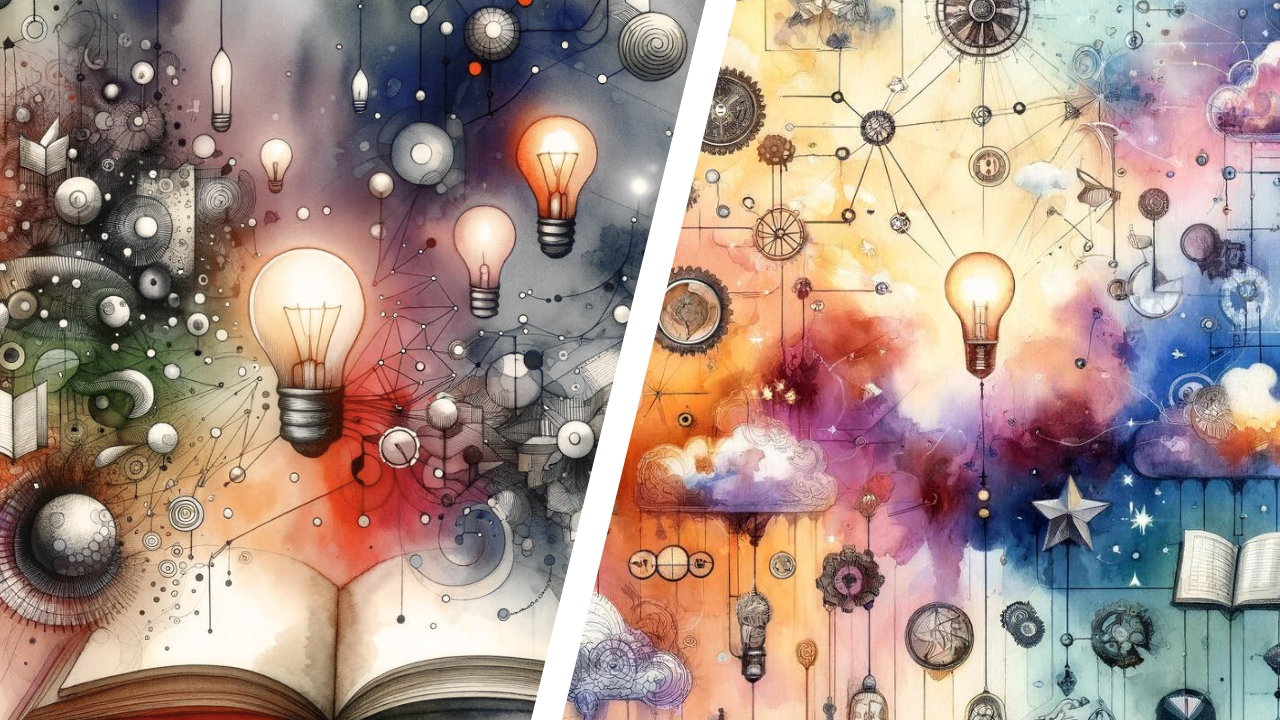Human Curiosity in the Age of AI

🌈 Abstract
The article discusses the importance of human curiosity in the age of AI, highlighting the distinct characteristics and complementary roles of human and AI curiosity in driving discovery and innovation.
🙋 Q&A
[01] Dual Engines of Discovery
1. What are the key differences between human and AI curiosity in terms of processing, perspective, and purpose?
- Processing:
- Human curiosity is intuitive, leveraging hunches and instincts to produce serendipitous discoveries.
- AI curiosity is computative, methodically and efficiently processing vast amounts of data to uncover patterns.
- Perspective:
- Human curiosity is personal, incorporating emotions, ethics, and experiences for empathic decision-making.
- AI curiosity is impartial, applying data-driven analysis for theoretically unbiased decision-making.
- Purpose:
- Human curiosity is intrinsic, valuing open-ended creativity and knowledge for its own sake.
- AI curiosity is extrinsic, focusing on finding specific, practical solutions to well-defined problems.
2. How did human and AI curiosity contribute to the discovery of penicillin and the development of AI-driven drug discovery, respectively?
- Human curiosity: Alexander Fleming's serendipitous discovery of penicillin in 1928, where he noticed that a contaminated Petri dish containing Staphylococcus bacteria had been inhibited by the growth of a mold, leading to the development of antibiotics.
- AI curiosity: DeepMind's AlphaFold AI system, which has revolutionized drug discovery by accurately predicting protein structures, enabling scientists to design drugs in record time.
[02] Compounding Curiosity
1. How can the combination of human and AI curiosity create synergies and accelerate discoveries and innovation?
- The intuitive nature of human curiosity can work in tandem with the computative power of AI curiosity to accelerate discoveries and drive innovation.
- Researchers can use AI tools to efficiently process data and identify patterns, while applying their human intuition to explore unexpected connections and generate novel hypotheses.
- The AI's impartial approach can help mitigate human biases, while the researcher's personal experiences and ethical considerations can provide important context for translating the AI-generated results.
2. What are some examples of how human and AI curiosity can complement each other in different domains, such as architecture and psychedelic therapy?
- In architecture, AI's computative power can efficiently search through design spaces to identify optimal materials, structures, and layouts, while human curiosity is needed to envision how these designs can be brought to life in a way that is aesthetically pleasing and culturally relevant.
- In psychedelic therapy, AI could accelerate the discovery of new medicines, but it was human curiosity that led to the understanding of the importance of set and setting in influencing the therapeutic outcomes of psychedelic experiences.
3. What is the importance of creating platforms and environments that support the collaboration between human and AI curiosity?
- Developing AI systems that augment human curiosity rather than replace it, allowing knowledge workers to easily integrate AI into their workflows.
- Investing in education and designing environments that nurture human curiosity through intrinsically-motivated intellectual exploration in schools, at home, and at work.
- The future of human curiosity in the age of AI is an opportunity to create a virtuous cycle of discovery where the unique strengths of human and AI curiosity build upon and reinforce each other.